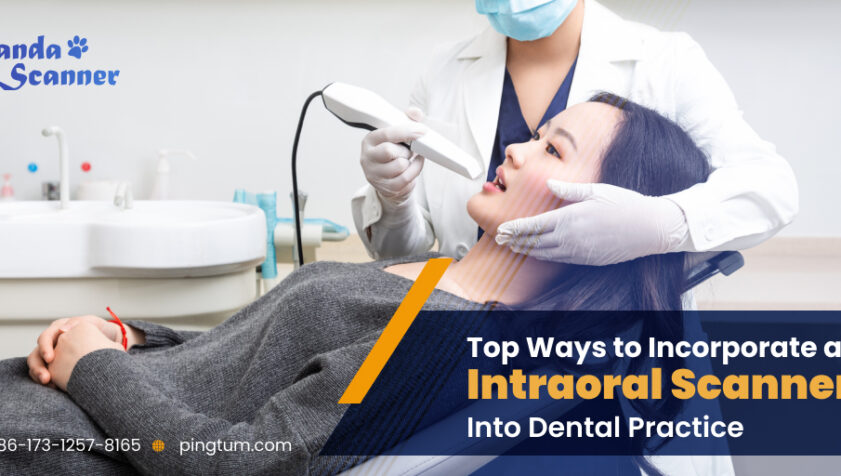The dental intraoral scanner is a unique technology that has entirely changed the method of dental scanning necessary in many dental specialties. As a result, a lot of dentists are investing on these scanners and adding them to their dental offices. Dental professionals are in a favorable position because of the advantages of high-quality intraoral scanners, including accurate diagnosis and treatment, quick procedures, patient comfort, and others. Digital dentistry creates impressions by projecting light into the mouth cavity, in contrast to the previous impression procedure, which entailed taking oral impressions with the use of alginate materials. Intraoral scanners are now preferred by patients and dentists for these and other reasons. Therefore, implementing these intraoral scanners in your dental practice might be a wise move.
The steps you may take to appropriately integrate an intraoral scanner into your dental practice are outlined in the following guidance.

A Step-by-Step Guide to Add a Panda Intraoral Scanner to Your Dental Practice
Since adopting digital dentistry requires understanding and learning, the transition must be gradual. Hurriedly completing it might lead to for hazards and errors. Here are some actions you may take to effectively incorporate a Panda intraoral scanners.
Pick a suitable application
Choose an application that will benefit your company first. Now pick a workflow or product that is costly, unreliable, and inefficient to see the transformation. Installing an internal Panda intraoral scanner at your dental practice will help you cut down on the time and expense of procedures. These scanners may be used for a variety of procedures, including guided surgery. Therefore, starting with a single-use case and picking one product or procedure would be ideal. After that, you may utilize the scanner for a variety of further applications.
An intraoral scanner may provide a better patient experience, as well as increased efficiency, cost savings, and time when it is implemented at a clinic. Additionally, it will assist dentists in providing accurate treatment and producing high-quality scanning findings.
Set up a digital workflow
Start by building a step-by-step digital workflow with a specific application to obtain a solid concept of what is needed for scanning and generating. Now you can decide if it would be beneficial for you to invest in an intraoral scanner or if it would be better to remain with the traditional physical imprint technique. The best method to comprehend how you can integrate the scanner into your clinical workflow is to have a thorough presentation of how it works and how it may assist you in doing the operation step-by-step.
Attain proficiency, and then expand applications
Get a thorough understanding of the workflow throughout the trial or demonstration phase, learn from the procedures, and promptly address any misconceptions you may have. You can think about transitioning to a fully digital process and connecting with the laboratory if you obtain the necessary expertise and familiarity with the outcome. Connecting new equipment with dental workflow shouldn’t be a major problem if all the stages are followed carefully because it may produce strong ROI for a very long period. You will discover that by adding an intraoral scanner into your practice, you may start small and yet get a rapid return on investment.
Workflow in the lab and clinic
In conventional dentistry, the patient must first provide a physical imprint of their mouth cavity in order to receive an implant. The dentist sends the molds to a dental laboratory where the crown or other restorative solution is created when they have dried and solidified. With the aid of intraoral scanners like the Panda intraoral scanners, as we have previously explained, the patient need not wait while the gummy material is in the mouth to provide the impression, and the procedure to send the impression to the lab where the impressions are created based on the virtual 3D printing involves little to no waiting.
Conclusion
In the future, dentists who have not yet included intraoral scanners in their dental practices will lag behind their rivals. This is due to the fact that patients want a diagnosis and treatment that is pleasant, accessible, quick, and trustworthy. Given all these advantages of digital dentistry, patients are seeking out doctors who are increasing the use of intraoral scanners in their dental offices. Therefore, conventional dentistry is dwindling. It is past due for dentists who haven’t already done so to think about integrating intraoral scanners into their dental practices.






